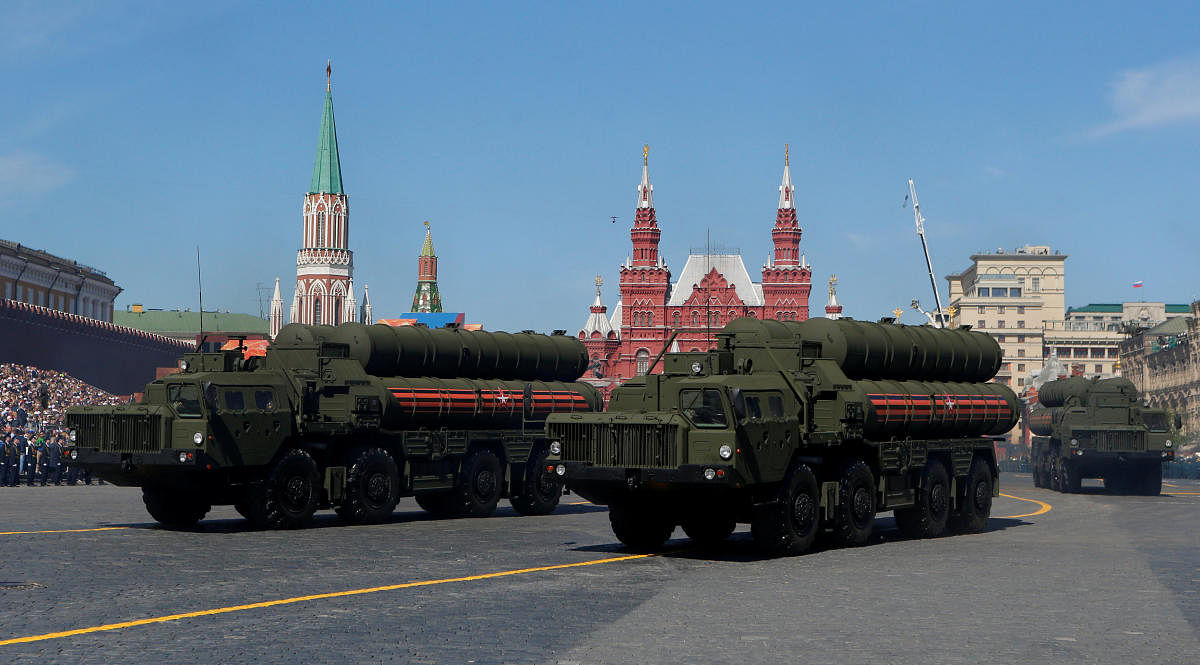
The Russian S-400 Триумф (Triumph, NATO Name: SA-21 Growler) is an anti-aircraft missile system developed by the Almaz Design Bureau as the successor to the incredibly potent S-300. It is built and operated as a surface-to-air solution much like the 'Terminal High Altitude Area Defense System' designed by the United States but has an effective range and speed that far surpasses it.
Introduced in 2007 after years development, the S-400 boasts an impressive array of technical advances: Multifunctional and panoramic radar system, jamming protection, autonomous detection and targeting, coupled with a battery of high-power and long-range missiles. The system can track up to 100 targets and simultaneously engage up to six, including the Lockheed-Martin F-35.
The missile systems employed by the S-400 have an effective range of up to 400 km and a maximum speed of 4.8 km/second - which translates to Mach 14, making it one of the fastest missile systems in the world.
The S-400 is deployed in Russia, by Russia in Syria and recently, China began acquiring the missile system to augment its air defence technologies.
What can it fire?
1) 40N6 missile up to 400 km
2) 48N6 missile up to 250 km
3) 9M96E2 missile up to 120 km
4) 9M96E missile up to 40 km
Concerns for India?
China's acquisition of the S-400 missile system has been referred to as a "game-changer" in the Asian region, with one report from Defense News stating that the missile system in China's arsenal could further its strength in the regional airspace, allowing it to cover as much as the entirety of Taiwanese airspace, the Senkaku Islands in the East China Sea, Seoul, Hanoi and even New Delhi and Calcutta in India.
However, a counter to the report says that worries over China owning the S-400 is premature as any increase in its air power will depend entirely on the location of the system and the missile that Russia sells to China.
The report goes into how China would have to position its missile systems if it wanted to target New Delhi, Taiwan or the Senakau Islands, with the analysis saying that it would have to account for the curvature of the Earth in its targeting systems, reducing its effectiveness against low-flying aircraft in the case of Taiwan and that it would have to be moved through the Himalayas if New Delhi was to be made a potential target.